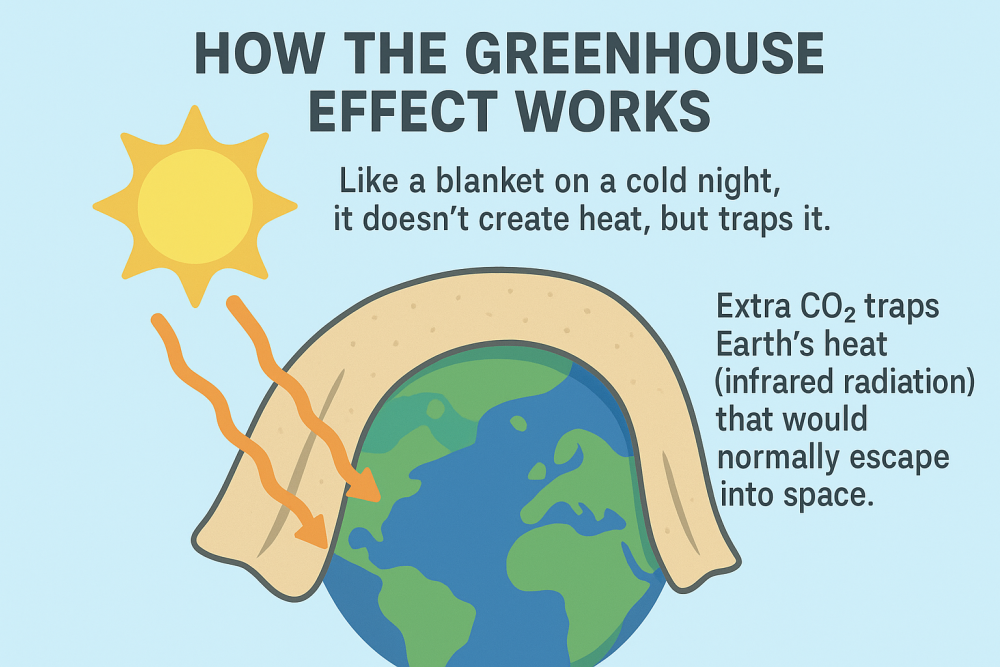56/25 The Ocean’s Hidden Goldmine: How Life Thrives in the World’s Deepest Trenches
Posted 3 months agoEXECUTIVE SUMMARY
New research in the world’s deepest ocean trenches reveals vibrant ecosystems where life thrives without sunlight, powered by chemical energy from methane and hydrogen sulfide. These discoveries reshape our understanding of Earth’s resilience and carry profound implications for climate science, biotechnology, resource management, and even the search for extraterrestrial life. For policymakers, innovators, and investors, the hadal trenches represent an extraordinary scientific breakthrough and a strategic frontier demanding careful stewardship.
At the Bottom of the Sea World, A New Story Unfolds
The deepest parts of our oceans, the hadal trenches plunging nearly seven miles below the surface, were considered lifeless deserts for centuries. The crushing pressure, near-freezing cold, and utter absence of sunlight painted a picture of emptiness. But a recent international expedition has flipped that narrative on its head, revealing not a wasteland but a thriving world of strange, resilient life and a potential treasure trove of insights for science, sustainability, and future industries.
Life Where Business Logic Says It Shouldn’t Exist
In a series of dives to depths of over 9,500 meters, deeper than Mount Everest is tall, researchers discovered bustling communities of creatures: tube worms glowing red, ghostly clams, soft-bodied spoon worms, and even elegant anemones.
At these depths, cracks in the Earth’s crust release methane and hydrogen sulfide, gases that microbes feast on. Those microbes, in turn, form the base of a food chain that sustains larger animals. It’s a system powered not by the sun, but by the Earth’s chemical engines.
Why This Discovery Matters Now?
This isn’t just an odd natural wonder. It’s a story with contemporary weight. Here’s why:
Climate Connection: These deep-sea microbes are active players in the planet’s carbon cycle, consuming gases that influence global climate patterns. Understanding them may offer new models for climate resilience.
Innovation Inspiration: Biotech companies are already exploring deep-sea enzymes and microbes for use in drug development, biofuels, and industrial processes that need to work under extreme conditions. The hadal discoveries could open up entirely new markets.
Planetary Roadmap: NASA and private space firms are watching closely. Worlds like Europa (a moon of Jupiter) or Enceladus (a moon of Saturn) may host similar chemical oases in their hidden oceans. If life can thrive in Earth’s deepest dark, why not there?
A Global Frontier, Not Just a Scientific Curiosity
The expedition spanned 2,500 kilometers across the Pacific trenches, documenting chemosynthetic life in nearly every dive. That suggests these ecosystems aren’t rare; they’re widespread and interconnected, possibly forming a hidden “deep-sea corridor” of life across the globe.
And with nations increasingly interested in deep-sea mining for rare minerals vital to green technology, the timing is critical. Are we about to disrupt ecosystems that we’ve only just discovered? The answer will shape debates at the United Nations and in boardrooms alike.
From the Depths to the Deal Table
What emerges from this discovery is more than science; it’s a strategy. The Hadal trenches remind us that life is resilient, adaptable, and full of surprises. For innovators, they represent a testbed of natural technologies that could be applied to climate change, biotech, and space exploration.
For policymakers and investors, they represent both a warning and an opportunity: the last untouched frontier on Earth may hold keys to our sustainable future, but only if explored responsibly.
The ocean’s deepest trenches are no longer just mysterious abysses. They’re living laboratories, places where the rules of life are rewritten. These extreme ecosystems might be the deepest resource in a world searching for solutions to climate, energy, and health challenges.
Reasons Why Deep-Sea Life Matters for Business and Society
1. Climate Solutions
Deep-sea microbes consume methane and other greenhouse gases, offering fresh insight into how Earth regulates its climate. They may inspire new tools for carbon capture and environmental sustainability.
2. Biotech & Innovation
The extreme enzymes and microbes thriving under crushing pressure could fuel breakthroughs in medicine, biofuels, and industrial chemistry. Think cancer drugs, renewable energy, or ultra-stable proteins for manufacturing.
3. Space Exploration Playbook
If life thrives in Earth’s most extreme darkness, it strengthens the case for life on icy moons like Europa or Enceladus. These ecosystems are models for the future of astrobiology.
Additional Reading:
2. Strange Deep-Sea Animals Discovered in Underwater Argentine Canyon | Scientific American





